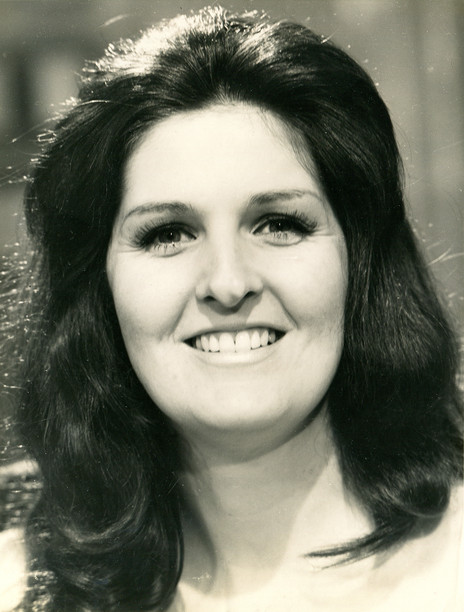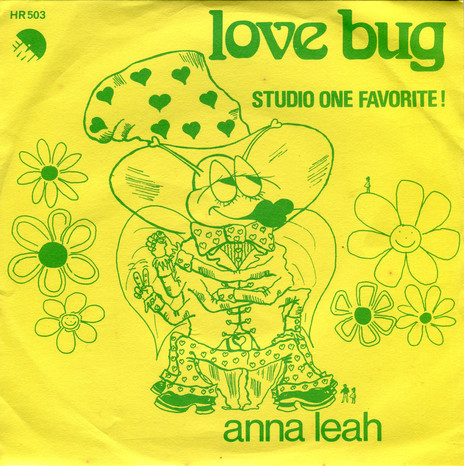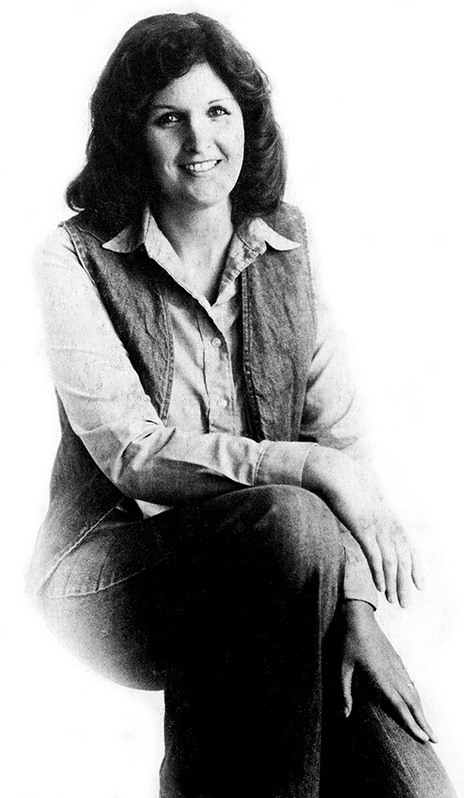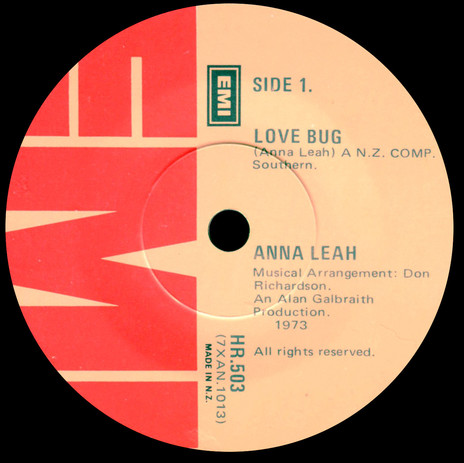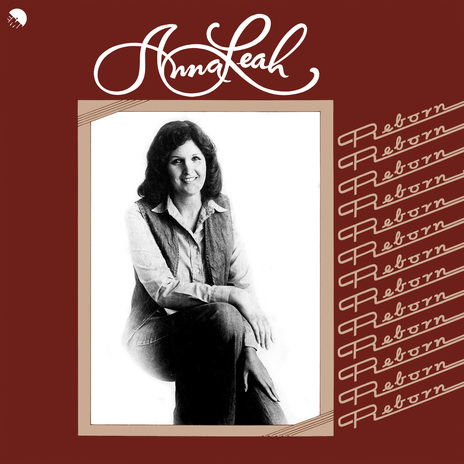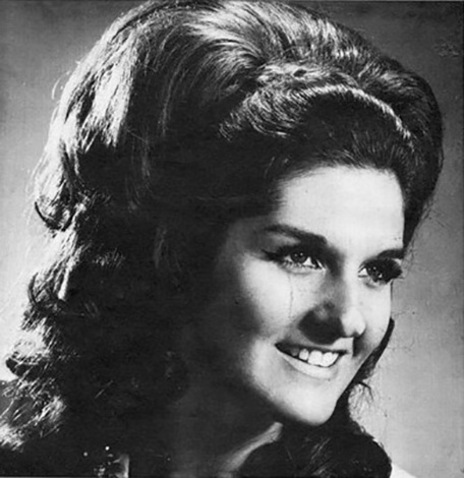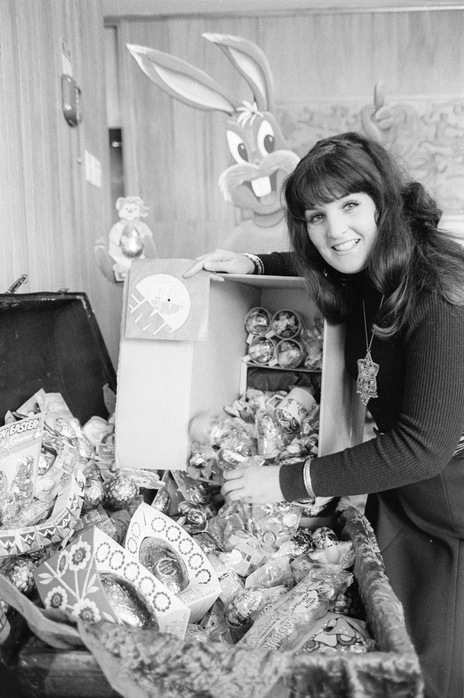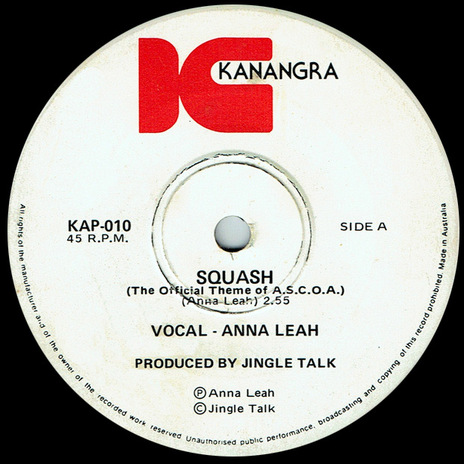Pleasing Studio One judges could be tricky. Bearded impresario Phil Warren, in particular, became notorious for his brutal treatment of contestants. After his remark to one dolled-up chanteuse, “I really wish you hadn’t worn a lurex dress,” the expression “No lurex!” became a national catch-cry.
Leah was smart enough to avoid a shimmery evening dress when she appeared in 1973, going for a sweet, natural look with shoulder-length hair and 12-string guitar. Her secret weapon: six kids from Tawa’s Hampton Hill primary school, including two of her own.
The song, scorned by many at the time, is a rare middle of the road Kiwi classic.
The brats’ chorus made 'Love Bug' both annoying and memorable. With its earworm melody, smooth production and nursery rhyme lyrics (“Mind the hedgehog he’s so lazy, doggie’s got some fleas”), the song, scorned by many at the time, is a rare middle of the road New Zealand classic.
At the time she performed on Studio One, British-born Leah was still in her mid-20s. But she was already a seasoned professional, with an intriguing back story from the sequined heart of 1960s Euro-pop.
At age eight, she began singing in public around her hometown Birmingham, making her TV debut at 15. In her mid-teens, opportunity knocked when she was offered the lead singer slot in Ivy Benson’s legendary All Girl Band.
The redoubtable Benson, an accomplished saxophonist, first assembled an 18-strong female swing orchestra in the 1940s, gaining a high wartime profile and performing at Britain’s 1948 Olympics.
Her show had broadened to include pop tunes by the time Leah joined in the 1960s, taking in variety theatres in Britain and the Continent, even becoming the BBC's resident house band.
Leah made three extensive tours of Germany with Benson, each for six-month spells. She later told an entertainment reporter how the German press dubbed her the “Golden Girl” because of her gold outfit and guitar.
After two and a half years with Benson, she formed a three-piece girl group The Senoritas, gaining a six-month residency on London-based TV youth show For Teenagers Only. Her subsequent band The Beat Chicks, featuring Leah on guitar and lead vocals, also toured Europe. And all before she turned 20!
In the late 1960s, Leah followed her parents to Wellington, settling in the dormitory suburb of Tawa and having a family. She resumed her singing career in 1971 at Wellington restaurant Edelweiss, did commercials and played the lead in our first “rock opera” Jenifer.
Leah's first single, for Edd Morris' Strange label, 'Broken Blossom' (she only had the A-side) was not a hit in early 1973.
Though it was impossible to tell from 'Love Bug', Leah saw herself as an old style torch singer.
Though it was impossible to tell from 'Love Bug', Leah saw herself as an old style torch singer. In 1973 she said, “I like to inflame an audience and completely envelop them. I like to stir up an audience emotionally. There’s one number I do, 'What Now My Love'. I feel it so intensely that I could cry in parts. Even though it’s just an act, you still feel it.”
She first auditioned, unsuccessfully, for Studio One in 1972. Success came the following year when her demo for 'Love Bug' made the finals. Alan Galbraith then supervised its recording in the EMI studios.
At the time Leah and the children sang to the nation, a black and white television set dominated the living rooms of 85 percent of New Zealand households, with nearly 750,000 sets licensed. TV transmissions were barely a decade old.
Launched in 1968, Studio One was already a TV perennial, a descendant of the original Have a Shot talent show format. These song contests under TV’s bright lights played a vital role in unearthing new talent: Dinah Lee and Ray Columbus both made their debut on Christchurch show Time Out for Talent in the early 1960s.
The New Faces segment was for newcomers, the place where the careers of Split Enz, Shona Laing and Space Waltz were launched. Year after year, budding artists fought it out for the $750 prize (about $9000 in today’s money): about 400 entries would be pared down to 15. The “Song of the Year” section drew many as 1,500 entries per year.
TV’s effect on record sales was significant. In 1974, the New Zealand Listener claimed that Studio One songs had sold more than 250,000 records locally since 1968. An annual anthology of hits from the show was certainly a big seller; the 1972 Studio One album was said to have sold 50,000 copies.
In the end, 'Love Bug' only made third equal in the 1973 Studio One finals, tying with Steve Gilpin’s 'Knowing'.
But 'Love Bug' had legs. It proved a runaway hit for EMI in 1973, reaching No.3 on the charts and helping Leah scoop two prizes in that year’s RATA (Recorded Arts Talent Awards) awards: Top Female Vocal Performer and Best NZ Recorded Composition.
Leah would struggle to match the song’s success. Several EMI singles followed but neither received much airplay. In 1975, she released an original song, 'Wahine', about the 1968 maritime disaster, reaching No.16 on the charts.
EMI released two more singles in 1976, together with an album entitled Reborn. But Leah’s knack for light entertainment that made 'Love Bug' burn so bright in 1973 had failed her; the records bombed.
In the late 1970s, she moved to Australia, reportedly ending up in the town of Lockhart in the rural heartland of New South Wales, and performing again. Going by comments on the YouTube clip of 'Love Bug', locals still remember the Anna Leah Band with great fondness.
